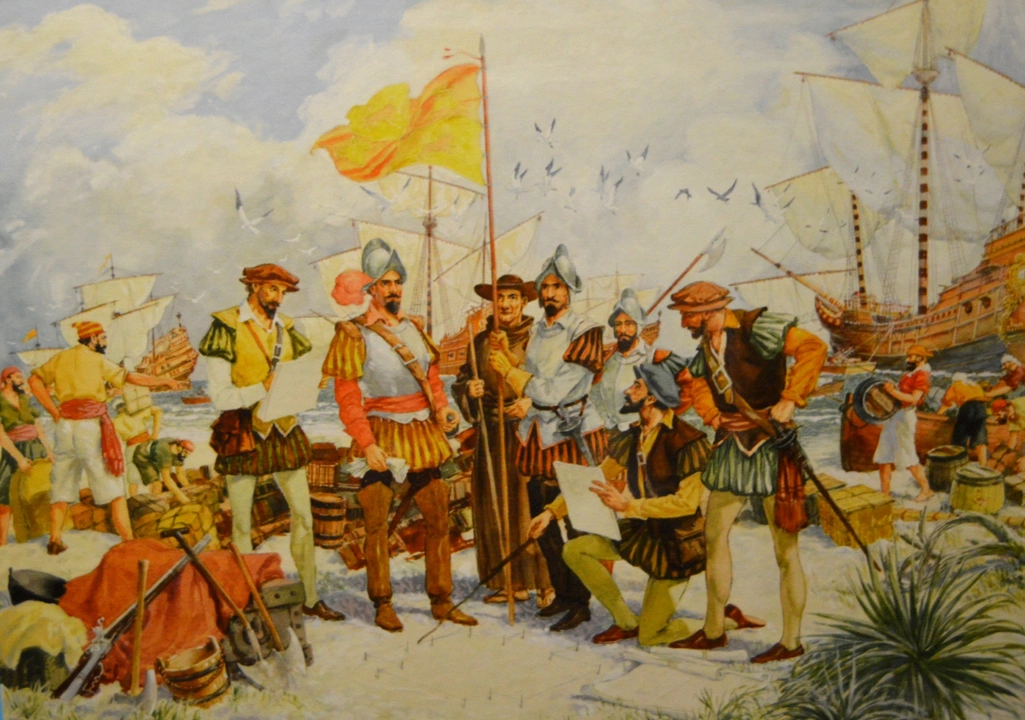Why the Spanish Built Missions in California
Ever wondered why you keep hearing about old churches and forts scattered across California? It all ties back to a plan the Spanish hatched in the 1700s. They weren’t just planting crosses; they were trying to lock down a huge piece of land and shape its future.
Religion and Conversion
First off, the Spanish were devout Catholics. Their king and the Church saw the New World as a perfect canvas to spread Christianity. The missions acted like massive Sunday schools for the Native American tribes. Priests taught the locals how to pray, read, and live according to European Christian values. In exchange, they offered food, shelter, and a sense of community. This wasn’t just charity—it was a way to bring the whole population under a single belief system, making it easier to govern.
Strategic and Economic Reasons
Beyond the holy angle, there was a very practical side. Spain was nervous about other European powers—especially the British and the Russians—trying to claim the West Coast. By setting up missions every 30‑40 miles, they created a chain of outposts that acted like early warning stations. If any foreign ship tried to land, the mission could flash a signal and rally troops.
Economically, missions were mini‑farms and workshops. The Spanish introduced crops like wheat, grapes, and olives, turning rugged hills into productive fields. Native labor turned these farms into a steady source of food and cash. The produce didn’t just feed the missionaries; it supplied nearby forts and even shipped back to Spain. In short, missions were the backbone of a self‑sufficient colonial economy.
Another big win was trade. Missions became hubs where goods, ideas, and even technologies swapped hands. Local artisans learned European building styles, weaving, and metalwork. Over time, a unique Californian culture emerged—part native, part Spanish—that still influences the state today.
So, when you walk past a historic mission ruin, remember it’s not just a cute old building. It’s a piece of a grand strategy that combined faith, defense, and farming to shape California’s early days. The legacy lives on in place names, street layouts, and even the wine you sip on a sunny afternoon.
If you’re curious about more details, think about how each mission’s story fits into this bigger picture. Some focused more on agriculture, others on education or military support. Together, they formed a network that helped Spain claim, control, and cultivate a vast new world.
Understanding why the Spanish built these missions helps you see the layers of history under today’s California—layers of belief, power, and hard work that still echo in the landscape.
Why did the Spanish build missions in California?

